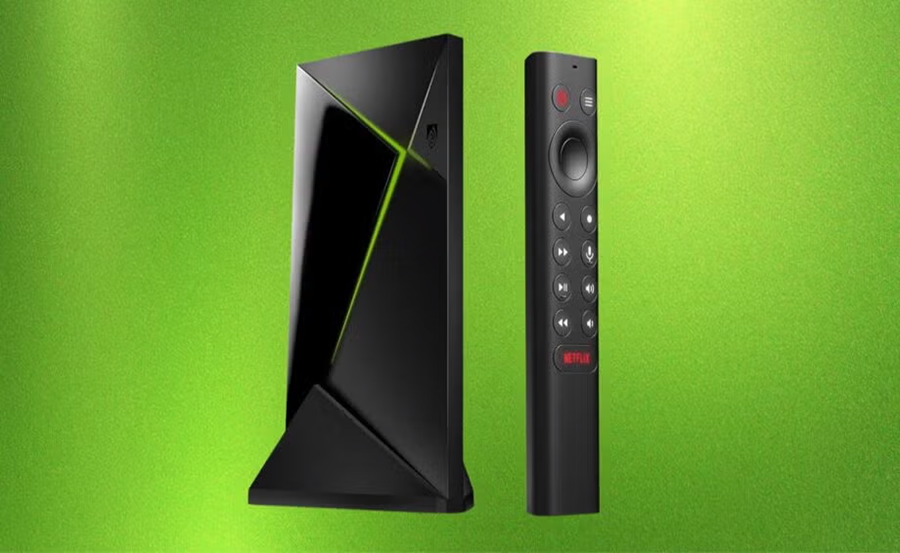Internet Protocol Television, commonly known as IPTV, has emerged as a groundbreaking technology, transforming how we consume media. For NVIDIA Shield users, understanding IPTV protocols isn’t just a technical endeavor—it’s fundamental to unlocking the full potential of their device. But what makes IPTV stand out in an ocean of streaming options? And more importantly, how can you leverage it to suit your viewing preferences?
At its core, IPTV is about delivering television content over the internet, unlike traditional terrestrial, satellite, or cable formats. This technology breaks conventional viewing constraints, offering unprecedented flexibility and control to users. As we explore IPTV, we’ll focus on the protocols that drive it, the unique challenges it presents, and how NVIDIA Shield users can maximize their streaming experience.
Why IPTV Matters for NVIDIA Shield Users
The NVIDIA Shield, known for its robust performance and versatility, is a favored choice for streaming enthusiasts. This powerful device supports multiple streaming applications and is notable for its processing capabilities that enhance media consumption. However, to truly harness its potential, users must delve into understanding IPTV protocols.
Pro Insight:
Explore the latest UK shows with Best UK IPTV subscriptions for on-demand and live viewing.
By navigating IPTV, NVIDIA Shield users can personalize their viewing, tapping into a diverse array of content from various sources across the globe. This adaptability not only saves time and cost but also enhances the overall user experience, offering more than just conventional cable solutions. Moreover, IPTV’s characteristic features, such as on-demand content and high-quality streaming, perfectly complement the NVIDIA Shield’s advanced functionalities.
The Basics of IPTV Protocols
For the uninitiated, IPTV protocols might seem like a labyrinth. Essentially, these protocols define how data packets are transmitted and received across networks. The protocols ensure smooth delivery and synchronization so users do not experience hiccups or delays while streaming. Among the most noteworthy are:
- Real-Time Streaming Protocol (RTSP)
- Hypertext Transfer Protocol (HTTP)
- Internet Group Management Protocol (IGMP)
Each protocol has distinct roles and capabilities. For instance, RTSP is crucial for controlling streaming media servers, while HTTP is a backbone of web-based service delivery, offering convenience and accessibility.
Diving Deeper into Common Protocols
Let’s take a closer look at these protocols and understand their relevance for NVIDIA Shield users.
Real-Time Streaming Protocol (RTSP)
RTSP is akin to a remote control for streaming media servers. It effectively enables users to play, pause, or stop live streams effortlessly, which is particularly beneficial for users demanding interactive functionalities. NVIDIA Shield users who leverage RTSP enjoy seamless control over their streaming experience.
Hypertext Transfer Protocol (HTTP)
Although primarily known as the protocol that serves web pages, HTTP is integral to IPTV. It facilitates the delivery of content with remarkable efficiency and reliability. Given its simplicity, HTTP is often employed in streaming setups, ensuring content is readily accessible to Nvidia Shield users without the need for complex configurations.
Navigating IPTV Trials: What You Need to Know
For those new to IPTV on the NVIDIA Shield, trial versions offer an excellent way to explore its functionalities. IPTV trials provide a risk-free entry point, allowing users to test the waters before committing to a subscription. While engaging in these trials, users should keep several considerations in mind:
- Check for compatibility with your NVIDIA Shield firmware
- Evaluate the quality and variety of available channels
- Ensure customer support is responsive for troubleshooting
- Be aware of trial duration and terms to avoid unexpected charges
Picking a Suitable IPTV Service Provider
The choice of an IPTV service provider significantly impacts the user’s experience on NVIDIA Shield. It’s crucial to assess providers based on criteria such as service reliability, content variety, and customer support. A well-established provider should seamlessly integrate with Shield, offering a stable and enriched viewing experience.
Ultimate Streaming Insights for Savvy Users
For NVIDIA Shield users aiming to optimize their IPTV streaming, it’s vital to stay informed about the latest industry trends and technological advancements. Adapting to these insights helps maintain a cutting-edge streaming setup tailored to individual preferences. Users can enhance their experience by doing the following:
- Regularly updating device firmware for optimal performance
- Exploring new IPTV protocols for improved content delivery
- Personalizing settings based on viewing habits
- Participating in user communities for shared knowledge and tips
Addressing Potential Challenges
While IPTV offers a multitude of advantages, it’s not without challenges. Users may encounter issues such as buffering, latency, or regional restrictions. NVIDIA Shield’s advanced capabilities often mitigate these hurdles, but users should be prepared to troubleshoot potential problems:
- Ensure high-speed internet connectivity
- Regularly clear cache to maintain performance
- Utilize VPN services to bypass geo-restrictions
- Engage with technical support for assistance
The Path Forward: Embracing Advanced IPTV
As we continue to navigate the digital era, IPTV remains a cornerstone of modern television. For NVIDIA Shield users, embracing advanced IPTV is more than just staying up-to-date with technology—it’s about crafting a seamless, personalized entertainment journey. By decoding and adopting the right IPTV protocols, users are well-equipped to reap the benefits of a tailored media experience.
Frequently Asked Questions (FAQ)

What is DuplexIPTV?
DuplexIPTV is an application designed for streaming IPTV content on devices like NVIDIA Shield. It allows users to access live TV channels and on-demand content efficiently, enhancing the overall viewing experience.
How do I start an IPTV trial on my NVIDIA Shield?
Initiating an IPTV trial on NVIDIA Shield involves selecting a reliable IPTV service provider offering trial subscriptions. Install the corresponding application from the Play Store, then follow the setup guide provided by the service to start streaming.
Can IPTV improve my streaming quality compared to traditional cable?
Yes, IPTV typically offers superior streaming quality, including high-definition viewing and on-demand content options. It provides a more flexible and personalized experience than conventional cable services, especially when used with devices like NVIDIA Shield.
What are the key factors to consider when choosing an IPTV provider for NVIDIA Shield?
When selecting an IPTV provider, consider factors such as compatibility with NVIDIA Shield, channel variety, streaming quality, customer support, and user reviews. Ensuring these aspects align with your needs will lead to a satisfying IPTV experience.
Are there potential security concerns with using IPTV services?
Like any online service, IPTV might present security risks, such as data breaches or exposure to malicious content. It’s advisable to select reputable service providers, use reliable security measures, and consider using a VPN to protect your privacy.
The Importance of Regular Updates to Prevent IPTV Freezing





